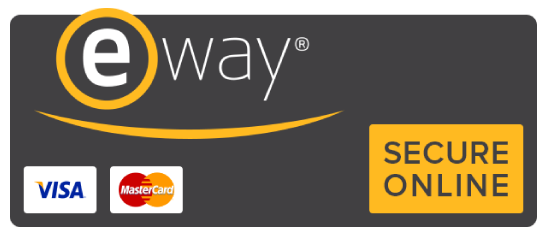Quick Tips to Stay Safe Online
1. Check the Sender’s Email Address
An email might look like it’s from someone you know, but the sender’s address tells the real story.
- Legit: name@companydomain.com.au
- Suspicious: name.company@gmail.com
2. Watch for Spelling and Grammar Mistakes
Legitimate businesses don’t usually send emails with typos, poor grammar, or strange formatting. These are often signs of a scam.
3. Don’t Trust Suspicious Links
Hover over any link before clicking to see the real destination. If in doubt, visit the website directly instead of using the link.
4. Be Cautious with Attachments
Got an unexpected invoice, voicemail, or document — especially from an unknown sender? Don’t open it unless you’ve confirmed it’s legitimate.
5. Look Out for Urgent or Unusual Requests
Phishing emails often pressure you to act quickly or do something out of the ordinary, like:
- “Can you urgently purchase gift cards?”
- “Please reply with your personal email address.”
- “Click here to verify your account.”
These are common phishing tactics.
6. Never Share Personal Info by Email
Don’t send passwords, bank details, tax info, or any sensitive data over email — even if the request looks legitimate.
7. When in Doubt, Report It
If something feels off, forward the email to your IT team or report it to your security contact.
It’s always better to double-check than to fall for a scam.
Final Reminder
If it seems suspicious, it probably is. Trust your instincts and always verify.







